Mountain Review: Whitefish
MOUNTAIN SCORE
CATEGORY BREAKDOWN
See our criteria8
Snow:
8
Resiliency:
7
Size:
7
Terrain Diversity:
7
Challenge:
6
Lifts:
8
Crowd Flow:
6
Facilities:
6
Navigation:
7
Mountain Aesthetic:
GOOD TO KNOW
1-Day Ticket: $85-$94 USD ($112-$124 CAD)
Pass Affiliation: None (some partner resorts on season pass)
On-site Lodging: Yes
Aprés-ski: Extensive
Nearest Cities: Kalispell (30 mins), Spokane (5 hrs), Calgary (5 hrs)
Recommended Ability Level:
+ Pros
Distinctive glade terrain
Reasonable crowds
Lively nearby town
Available night skiing
Value
– Cons
Perennial low-visibility conditions
Modest vertical compared to other destinations
Flat terrain in certain areas
Occasional extreme cold spells
MOUNTAIN STATS
Lifts: 15
Trails: 113
Beginner: 12%
Intermediate: 38%
Advanced/Expert: 50%
RECENT ARTICLES
Mountain Review
Sitting in northwest Montana just 60 miles from Canada, Whitefish sits in one of the most remote locations of any U.S. ski resort. The resort benefits from a historic town just a few miles down the road, and it is one of the few to remain independent, choosing not to affiliate with Epic or Ikon. While the resort isn’t the biggest or best at everything, it does offer some notable benefits that will strongly appeal to certain destination-goers.
Snow Quality
Thanks to its Northern Rockies location, Whitefish sees its fair share of snow each winter. While snow totals aren’t quite as strong as some competitors, the resort sees a reasonable number of powder days and is very reliable, typically reaching 100% open status by early January. Snowmaking is limited, but it helps the resort jump start early season operations with a reliable early December opening date.
Whitefish’s snowfall is reliable during the winter, and powder days are reasonably common.
Altitude and Temperatures
With a summit of just 6,817 feet, Whitefish’s modest altitude generally makes for more comfortable temperatures than one might expect from northwest Montana—and makes it a great destination for those susceptible to altitude sickness. However, particularly unlucky guests may discover that the resort occasionally sees extreme cold spells, which can send temperatures plummeting as low as -40°F (-40°C). These freezes can last for days at a time, and the resort can be forced to suspend operations if things get really bad.
TRAIL MAP
On-Mountain Fog
Whitefish’s unique weather system makes for some of the foggiest conditions at any North American ski resort. Fog is a Whitefish trademark, heavily lining the resort on the majority of core winter days. In many cases, visibility can be tough even a few feet ahead. Whitefish’s backside terrain typically sees less fog than other areas, but the whole mountain is susceptible to the low-rolling clouds. The resort gives way to beautiful views of Glacier National Park and the nearby town when things are clear, but during the coldest months, it can be weeks before a truly sunny day occurs.
But Whitefish’s fog-prone conditions do result in one cool eccentricity on the mountain. The fog’s moisture sticks to the trees, resulting in distinctive snow ghosts that afford especially striking facades, even when visibility is low. These perennially snow-coated evergreens are rare to find at other U.S. resorts. And the low-sun conditions do have some other benefits—the lack of sun exposure helps preserve Whitefish’s snow, especially in south-facing terrain zones.
Whitefish is often shrouded in fog, making it difficult to see more than a few feet ahead.
Terrain Diversity
Whitefish’s 2,295-acre skiable footprint isn’t the biggest out there, but the resort is still decently sized, boasting plenty of terrain for all abilities. The entire resort sits on one peak—Big Mountain—and slopes branch off in multiple directions from the top. Whitefish can essentially be broken into three sides: the Front Side, which offers a well-rounded selection of slopes, the North Side (or back side), which isn’t as long but features the most favorable terrain exposure at the resort, and Hellroaring Basin, which chiefly specializes in steep bowls and glades.
Tree Terrain
Whitefish stands out thanks to its near-treeline off-piste terrain. The resort is chock full of thinly-wooded glades, with essentially every mountain area boasting some flavor of tree runs. These glades tend to hold snow well and can be great places to scoop up snow if it’s been a few days since the last storm. Whitefish isn’t exactly a high-alpine resort, but at the top few hundred feet of the resort, some glades are so sparse one could aptly consider them to be bowls.
RECOMMENDED SKIS FOR WHITEFISH
NOTE: We may receive a small affiliate commission if you click on the below links. All products listed below are unisex.
Recommended intermediate ski
Recommended advanced ski
Recommended glade ski
Recommended powder ski
Beginner Slopes
Whitefish isn’t the most beginner-oriented resort, but the mountain is better for less proficient visitors than many other fly-to destinations.
Beginners should check out the Swift Creek Express (Chair 2) and Tenderfoot (Chair 3) lifts for the only directly accessible green trails on the main mountain, and many guests will find the Home Again trail, which winds through condos and roads in its lower section, to be a fun little adventure. While upper-mountain areas don’t directly service green terrain, the resort specially marks blue trails that provide the easiest ways down, and several runs turn into greens part way down the mountain. For true first timers, the Easy Rider chair and Big Easy carpet provide dedicated learning terrain.
Whitefish’s thinly-spaced, snow-crusted trees are its marquee terrain feature.
Intermediate Slopes
Whitefish starts to become a more attractive proposition when it comes to intermediate terrain. The best blue runs are on the Front Side, with long groomed cruisers spanning the resort’s ridges. These runs directly border some of Whitefish’s best glades, and they can be great places to start progressing into the resort’s tree terrain.
Whitefish’s North Side and Hellroaring Basin zones also offer blue runs, but a couple of circumstances may dissuade guests from spending extended time in these areas. The North Side offers a large variety of intermediate trails, and the zone even boasts some very cool natural halfpipe terrain. However, the runs off the Big Creek Express (Chair 7) involve a relatively flat section about halfway down, and this area can require some catwalking to get out of. Trekking through this section of these trails isn’t exactly an enjoyable experience, and it makes this part of the back side less than ideal for repeat laps. The blue runs served by Flower Point (Chair 11) don’t involve the same flat terrain, but there are only a handful of them; however, this chair also provides access to some cool Front Side glade terrain that’s also served by the Bigfoot T-Bar.
Whitefish boasts plenty of intermediate runs, but backside and Hellroaring Basin blues contain flat sections.
Only two blue runs exist on Whitefish’s Hellroaring Basin side, and they function more as gateways to the area’s more advanced terrain than lappable cruisers. The Hell Fire trail spans the boundary of this mountain side, but the top section is pretty flat, meaning that guests will face a similar catwalking situation to some of the North Side runs. The Lacy’s Lane trail provides direct access to the bottom of the Hellroaring chair from the top of Chair 2; this trail is enjoyably pitched, but it’s fairly short and can get crowded during peak times. But despite the limited blue-marked terrain in this area, some of the blacks directly served by the Hellroaring lift, including 1000 Turns and Short But Sweet, are easier than their trail ratings suggest and should be easily doable by most intermediate guests. It’s also worth noting that the Hellroaring chair’s lift alignment was altered a few years ago, which has eliminated an additional flat terrain section at the bottom of Hell Fire.
Terrain Parks
Whitefish isn’t exactly a world-class freestyle destination, but the resort boasts a solid terrain park setup in a dedicated section of the mountain. Features range from small to large and include boxes, rails, and jumps. There’s also a boardercross setup on the back side during certain times of the season.
Thanks to steep off-piste tree and bowl terrain, Whitefish is a great option for advanced skiers and riders.
Advanced Slopes
Whitefish perhaps excels most when it comes to advanced-level terrain, with plenty of options across all three resort sides. Chairs 1 and 4 offer the best access to this level of terrain on the Front Side, with both chairs serving demanding mogul runs, glades, and bowls. Hellroaring Basin also boasts great steeps, and while these runs aren’t as long as the Front Side blacks, they generally stay untracked longer. The North Side features excellent advanced trails and glades at the top, but those off the top of Chair 7 filter into the same flat sections as the area’s lower-level terrain.
Whitefish’s East Rim zone includes seriously menacing cliff drops that aren’t always obvious.
Expert Slopes
Whitefish’s toughest trails adorn the double-black-diamond rating, but these runs vary substantially in technicality. The double-blacks across Hellroaring Basin and the North Side feature some very steep sections and cliffs, but they’re only slightly tougher than the resort’s blacks. On the other hand, the East Rim zone features truly extreme terrain, with insane cliff bands and crazy drops off a single intense ridge. Feasible lines down certain parts of this zone aren’t immediately obvious, and unfamiliar guests should probably wait for good visibility conditions—and go with a local—before attempting anything past an orange “Cliff” sign.
RECOMMENDED SNOWBOARDS FOR WHITEFISH
NOTE: We may receive a small affiliate commission if you click on the below links. All products listed below are unisex.
Recommended intermediate board
Recommended advanced board
Recommended expert board
Recommended powder board
Lifts
Whitefish’s fleet is generally modern. The resort boasts four high-speed chairs that serve key terrain pods, while a handful of fixed-grip chairs and surface lifts primarily provide helper service or more direct access to specific trails than the detachables. Only Hellroaring Basin and the far east ends of the other two resort sides involve terrain without available high-speed lift service.
Whitefish has historically suffered from a poorly-thought-out Front Side lift setup, but the new Chair 4, also known as the Snow Ghost Express, completely transforms the way the mountain works. Previously, getting from the main base to any point higher up at the resort involved having to take the slow Chair 6 lift to the resort’s village (guests could technically also take Chair 9 to the old Chair 4 when it was open, but the old Chair 4 didn’t really go anywhere useful, was very indirect for getting to the village, and had a limited operating schedule). However, the new Snow Ghost six-pack provides direct high-speed lift service out of the main base area for the first time, substantially reducing the burden on Chairs 1 and 6 and making it much easier to lap lots of lower-mountain Front Side terrain. Chair 4 doesn’t extend all the way to the summit, meaning Front Side guests will still have to take Chair 1 to get there, but it allows guests to get to East Rim and Hellroaring Basin without any other lift dependencies.
The Snow Ghost Express, Whitefish’s first six-pack chair, has really improved lift logistics on the Front Side.
However, Whitefish’s uphill logistics still involve a few idiosyncrasies. The Hellroaring Basin lift only extends about halfway up the mountain, meaning that guests essentially cannot lap the truly good terrain in that area. In addition, Whitefish’s rime-prone environment makes for less-than-ideal reliability issues with its chairs, and lifts can shut down for days at a time if ice makes its way into the wrong place.
Crowd Flow
One issue Whitefish rarely runs into is excess crowding. Now that the Front Side lift setup has been tweaked, the resort rarely sees significant lift lines, even on weekends and holidays. This can make it a great place to escape the crowds during peak times. Most runs are sufficiently designed for their capacity, although the Russ’s Street trail, which provides the easiest route down from the summit, can get rather packed during the busiest times.
Whitefish rarely runs into serious crowding issues, even during peak times.
Facilities
Whitefish’s on-mountain lodges aren’t the most extensive, but they get the job done. The only facility above the base areas is the Summit Lodge, but it’s not too far from any resort area and pretty easy to get to for guests who get cold. Both bases offer areas to stop in, including a comprehensive multi-use lodge at the main base and a handful of restaurants, ranging from grab-and-go to sit-down, at the village base.
Night Skiing
It’s worth noting that Whitefish offers night skiing until 8:30pm on Fridays, Saturdays, and holidays through early March. Operations are very limited, only spanning Chairs 2 and 3, but it’s better than nothing and the entire terrain park remains open.
On-mountain lodges such as Hellroaring Restaurant offer high-quality food and shelter from the cold.
Getting There
Whitefish’s incredibly remote location means it’s not within feasible driving distance of any major U.S. cities. However, the resort is just half an hour from the Glacier Park International Airport, which boasts direct flight options from several major cities but commands high prices, especially during peak periods. If these flights are too expensive, the closest major airports are both about five hours away in Spokane, Washington and the Canadian city of Calgary, Alberta.
Whitefish is actually also accessible by train. The Amtrak Empire Builder service runs between Chicago and Seattle/Portland and arrives in town twice a day, but this journey takes a long time from most major cities and isn’t cheap.
Whitefish’s SNOW bus provides free shuttle service between town on the slopes.
Town Shuttle and Parking
Whitefish Mountain Resort is actually about 15 minutes north of the physical town of Whitefish, but the SNOW bus provides extensive, complimentary shuttle service between town and the slopes. The bus only runs every half-hour or so during peak times, so guests should be sure to check the schedule to time it right. The resort also offers more than enough free parking on-site, and while some overflow lots are a bit of a trek from the lifts, there’s a parking shuttle that provides service between these lots and the main base.
Lodging
Whitefish offers an array of hotel, inn, and condo options both on-site and in town. For ski-in/ski-out, visitors can choose between the Kandahar Lodge hotel and several condos surrounding the base.
In the town of Whitefish, visitors can choose from an extensive selection of apartment condos and hotels ranging from basic to ultra-luxury. None of these options are exactly bargain-basement, but they’re all fairly nice. For cheap lodging, guests may be able to find options in the town of Kalispell about 30 minutes south of Whitefish.
Whitefish offers plenty of on-site condo rentals for those who want ski-in/ski-out flexibility.
Aprés-ski
There’s a lot to do at Whitefish after the slopes close. If you’re looking for aprés right off the slopes, both base areas offer lively bars during peak times. These joints typically die down around dinner time.
Whitefish’s town is what makes it stand out, and the downtown boasts a large selection of bars, restaurants, and activities, with more than enough to do no matter when you visit. While Whitefish isn’t exactly the type of town you’d visit to go clubbing, joints such as The Great Northern Bar & Grill and The Remington Bar offer live music on weekends and stay open as late as 2am.
That said, winter is actually Whitefish’s slower season (the town sees its biggest visitation during the summer), and off-peak weekdays don’t feature quite as many lively nightlife options as some other ski towns.
The town of Whitefish boasts a local, charming vibe and plenty to do after the slopes close.
Verdict
Whitefish isn’t the biggest destination for skiing or snowboarding, and frequent low visibility means that travelers may risk not being able to see much of the mountain. But as far as independent ski resorts go, Whitefish is hard to beat. The lively but uncommercialized town is the cherry on top of the cake.
Pricing
While many North American ski resorts have seen their daily rates rise to absurd levels, Whitefish’s lift ticket prices remain quite reasonable. 1-day adult tickets go for less than $100 no matter when you go, making for a substantially better value than nearly all other competitors. For the 2022-23 season, adult tickets went for $84.60 with an in-advance purchase and $94 the day of, with slight discounts for multi-day buys.






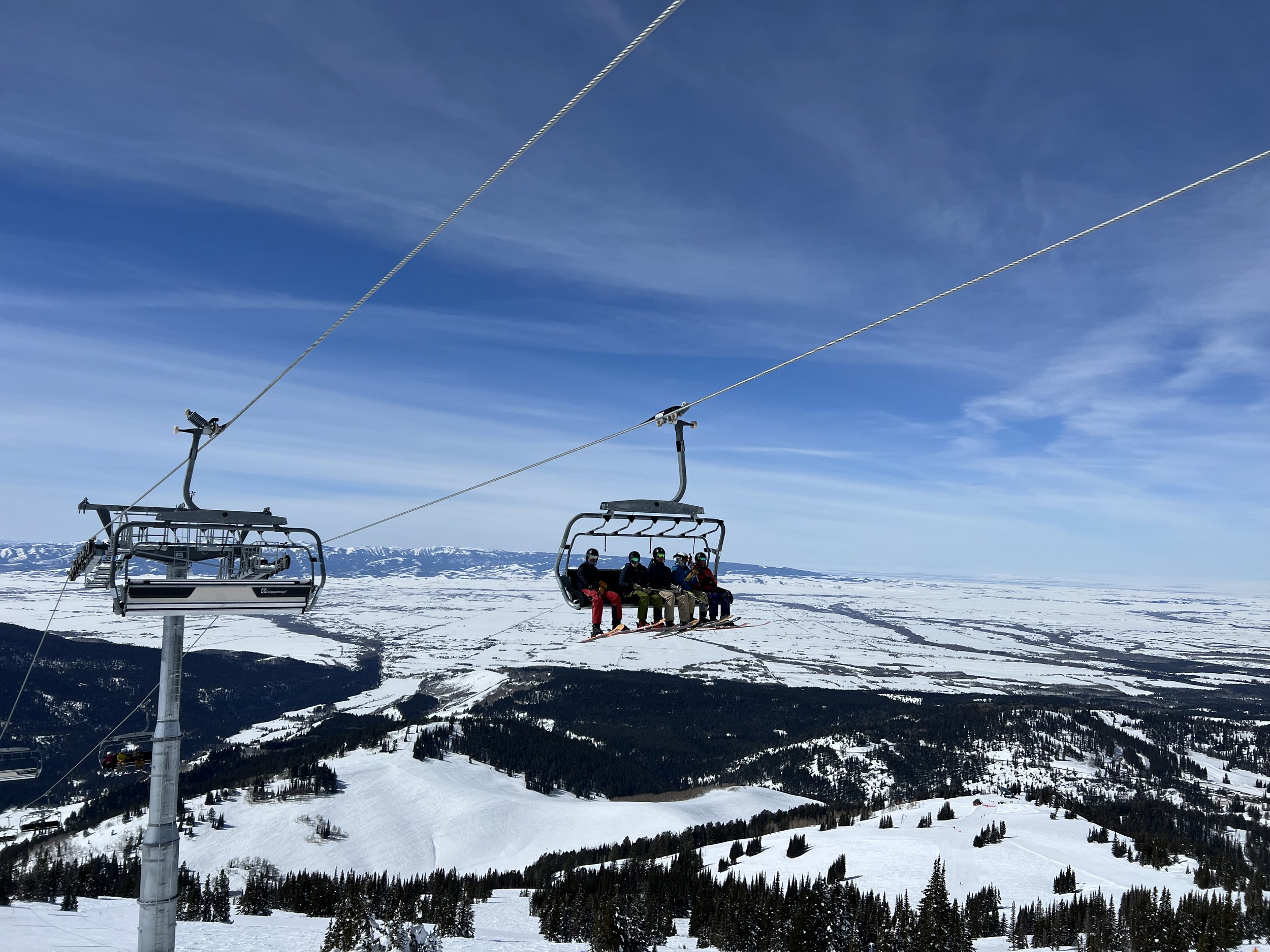
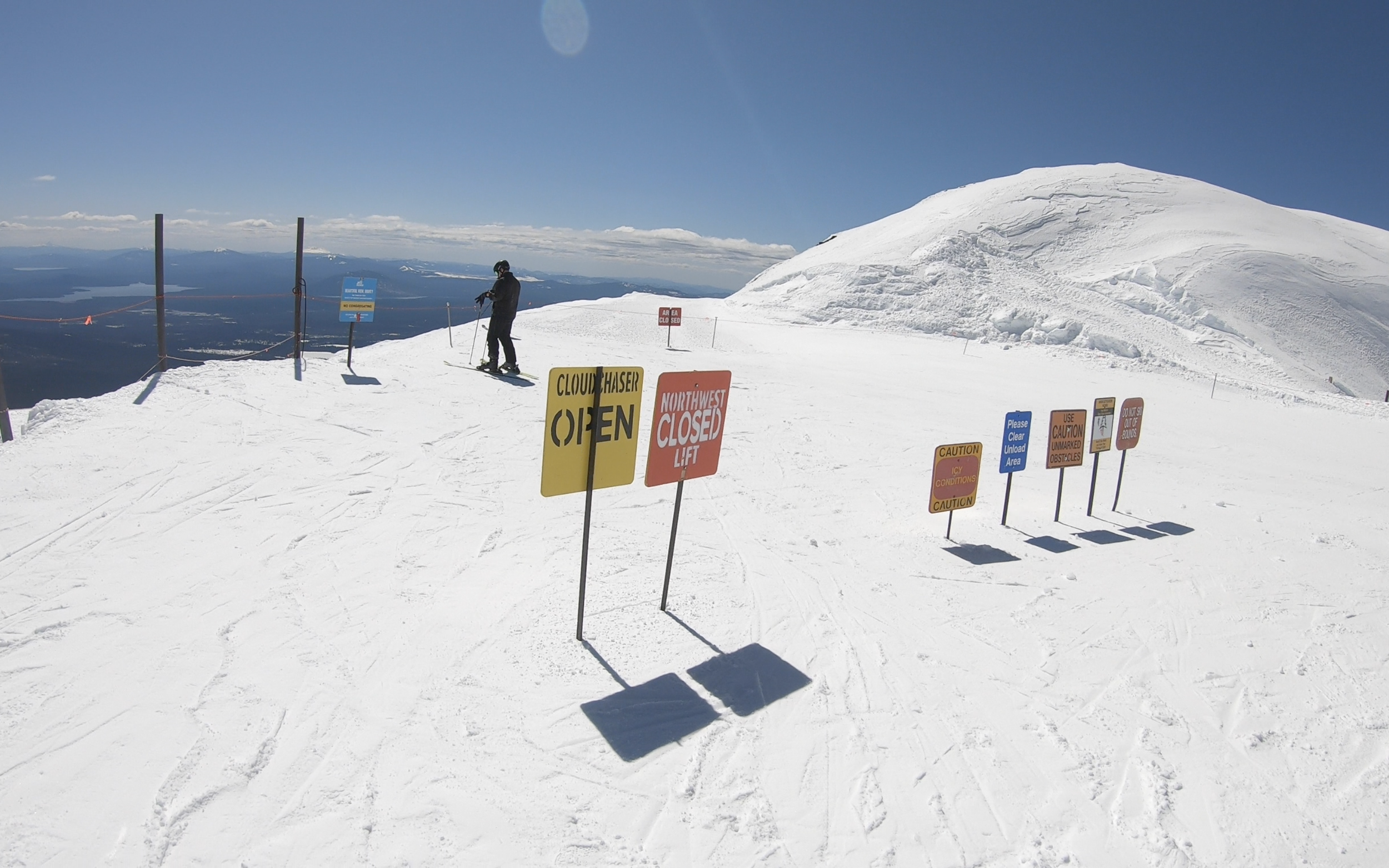
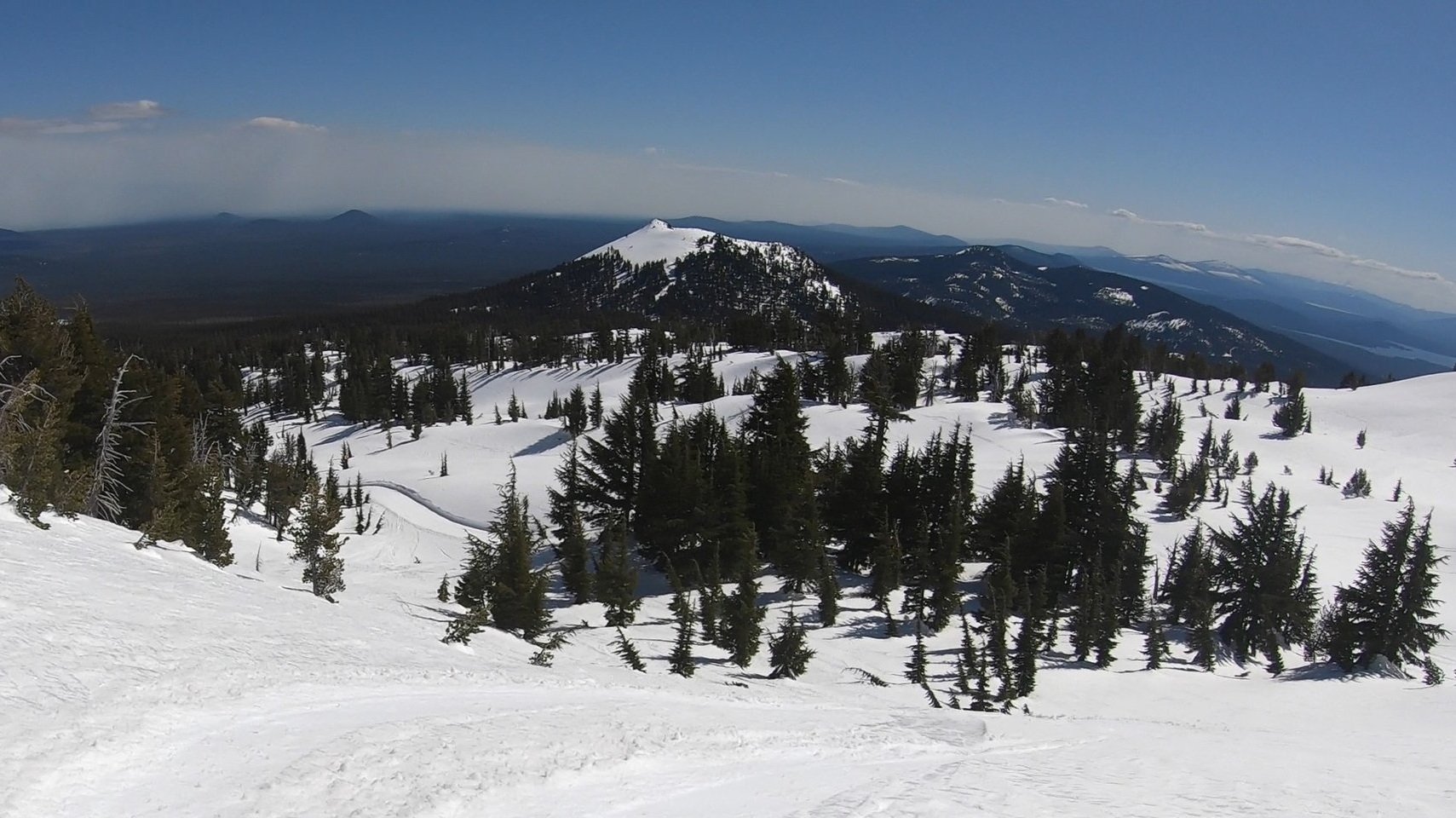
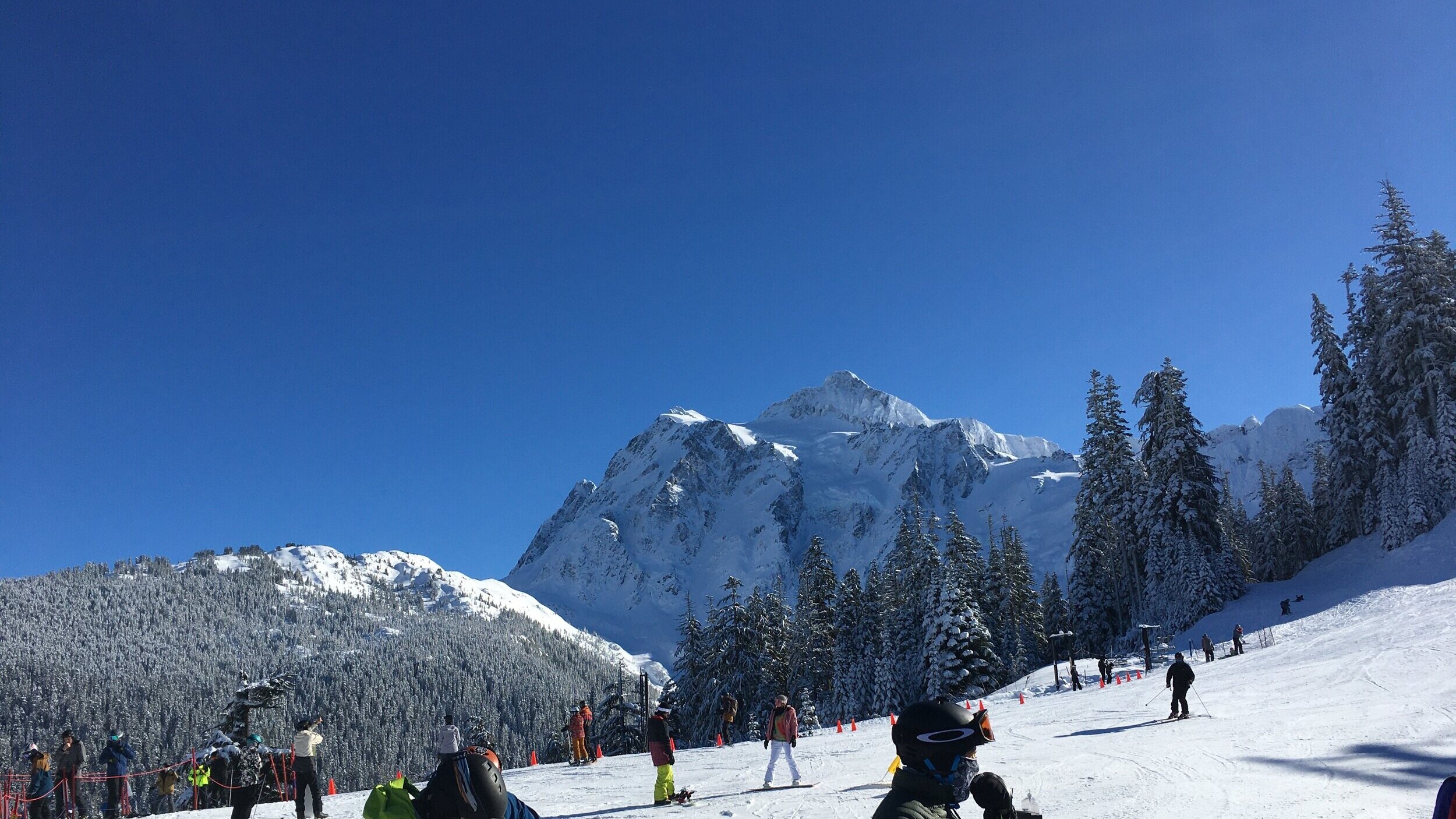
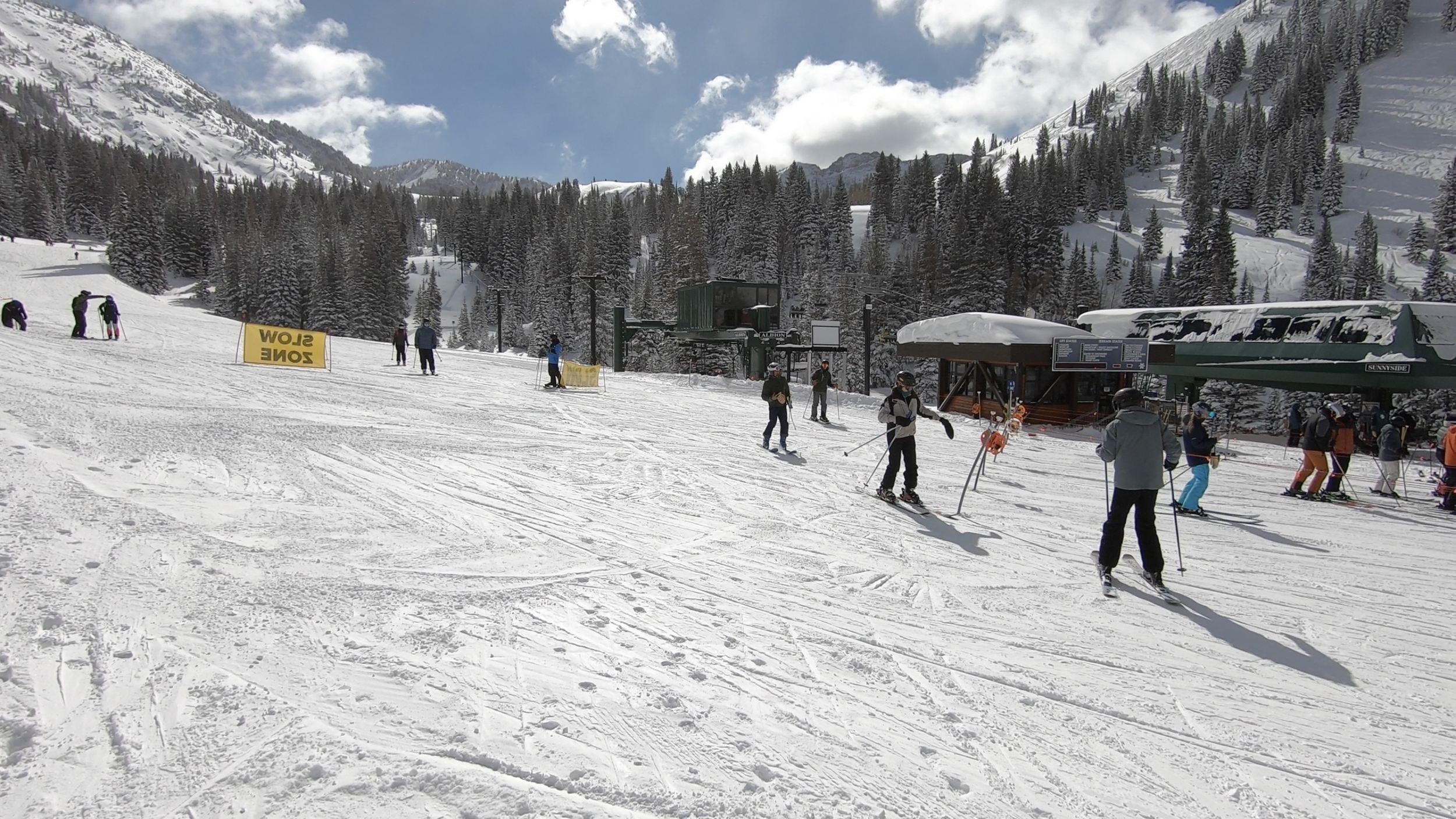









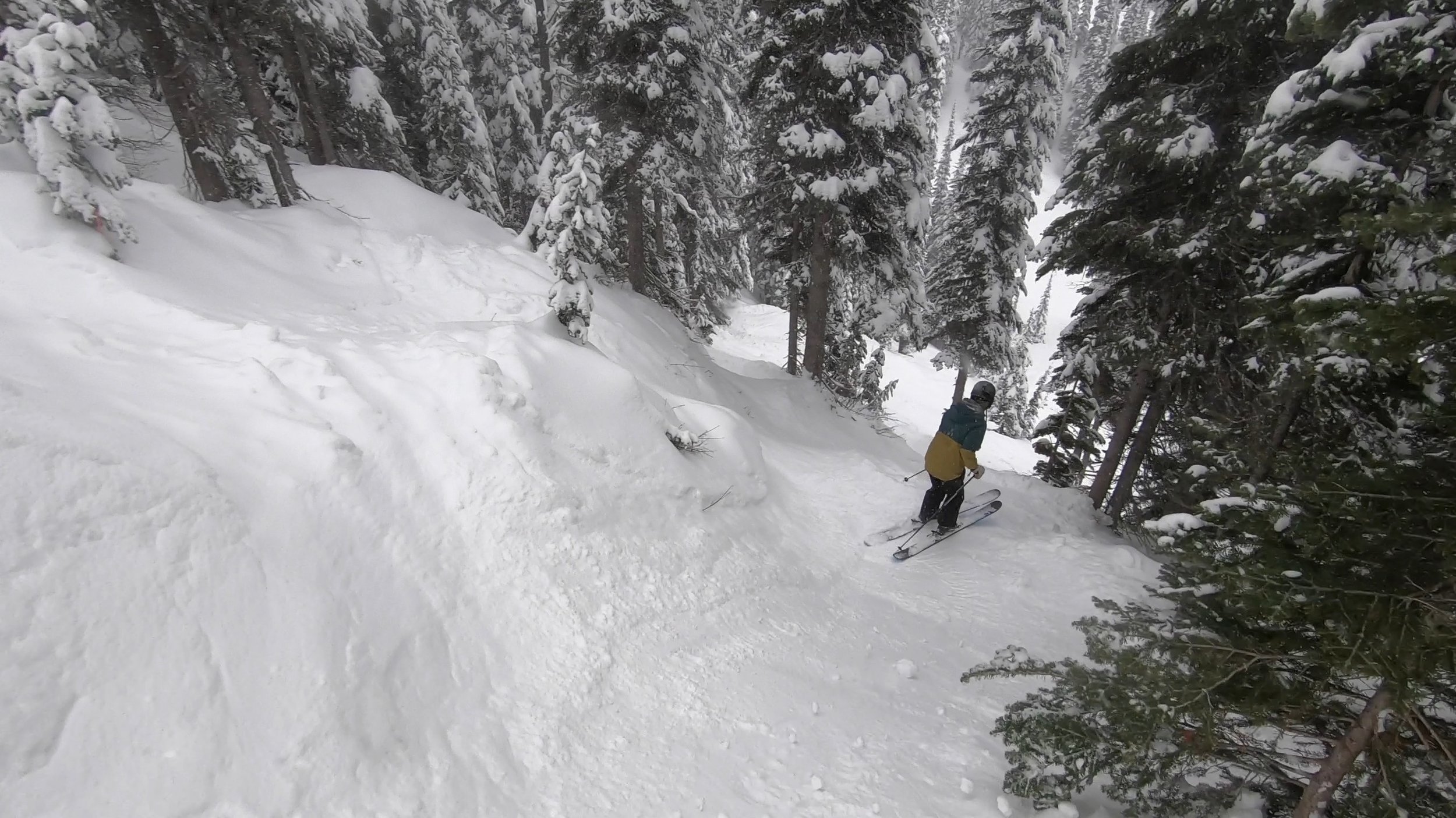
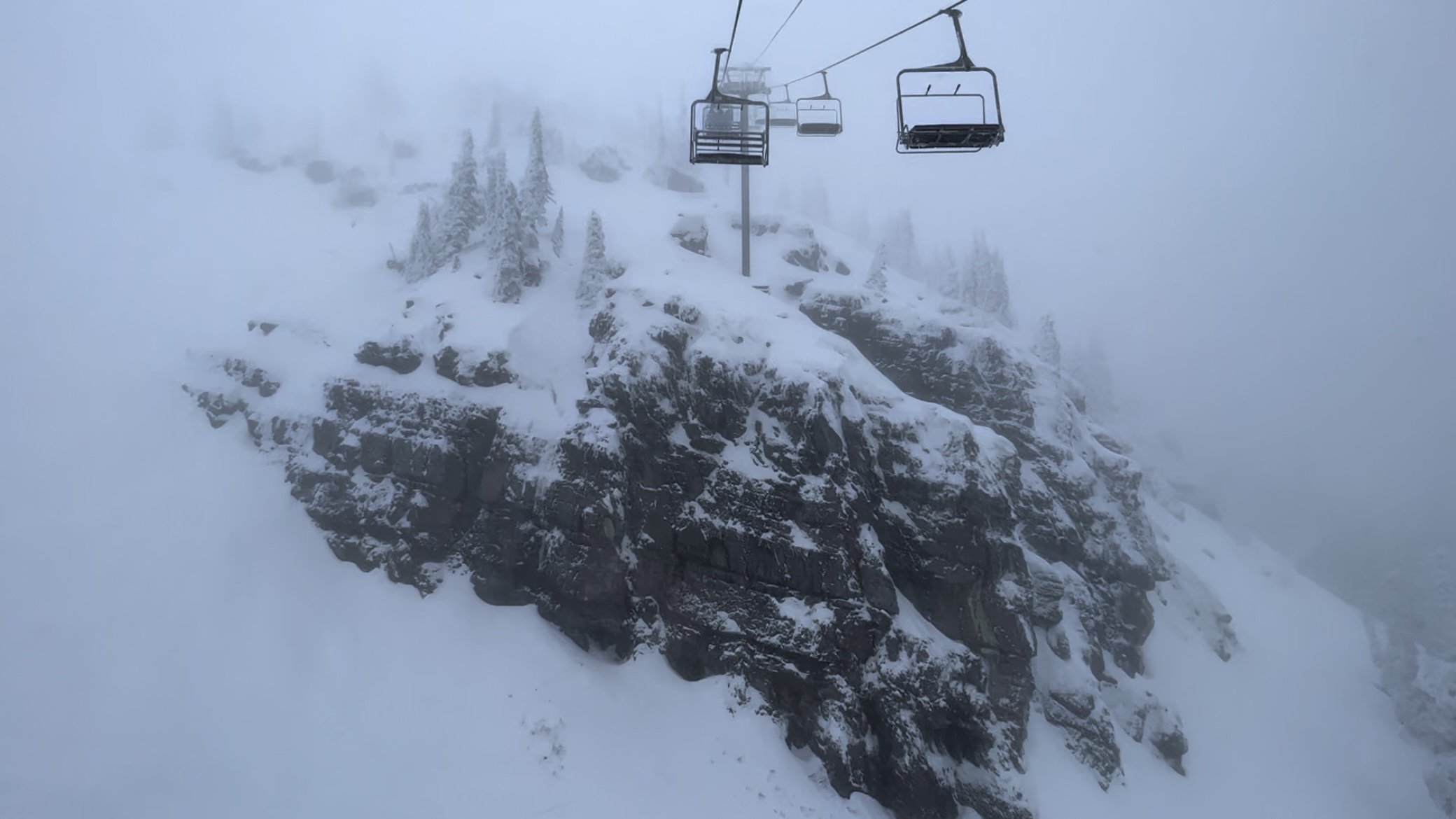





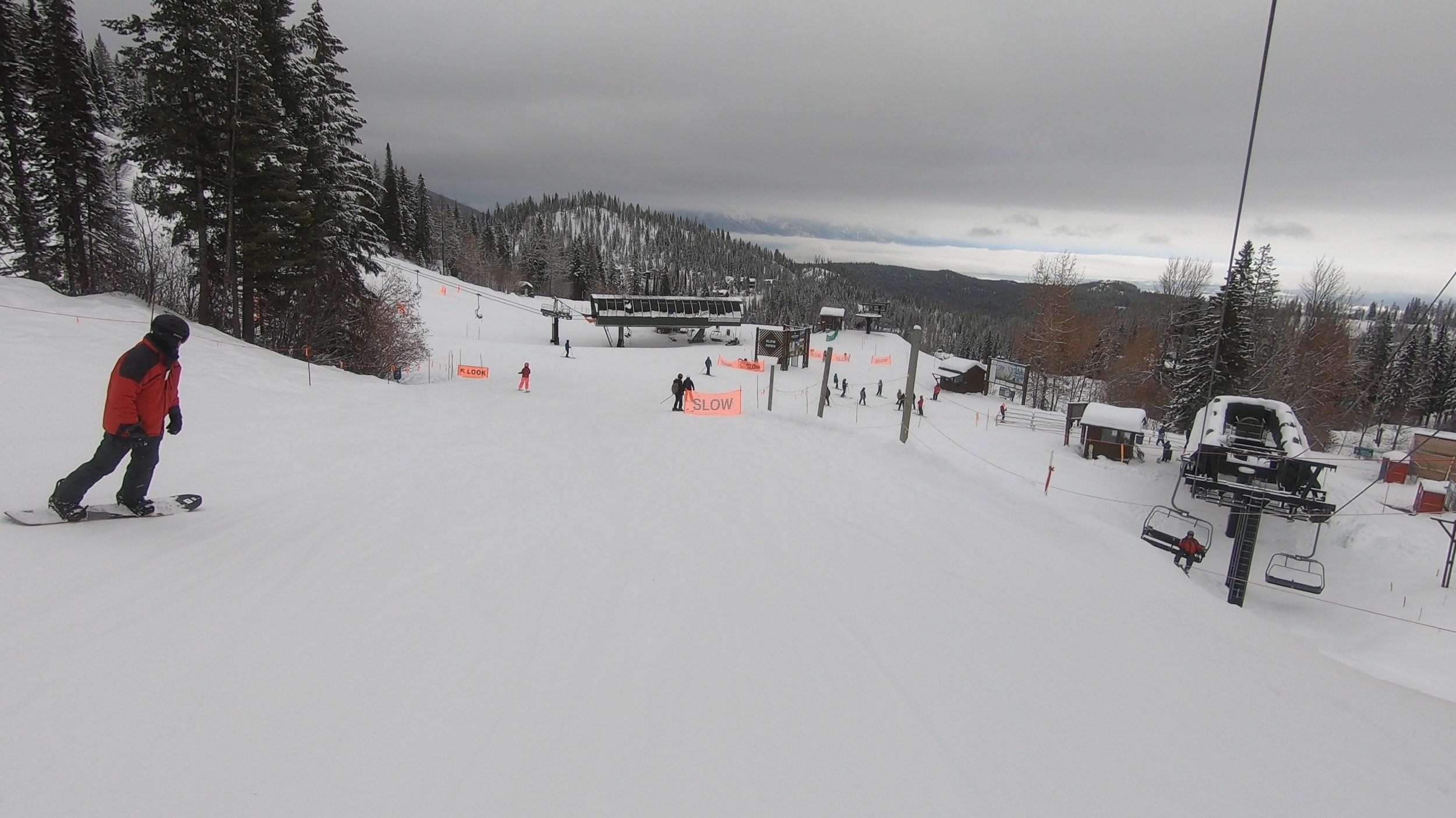
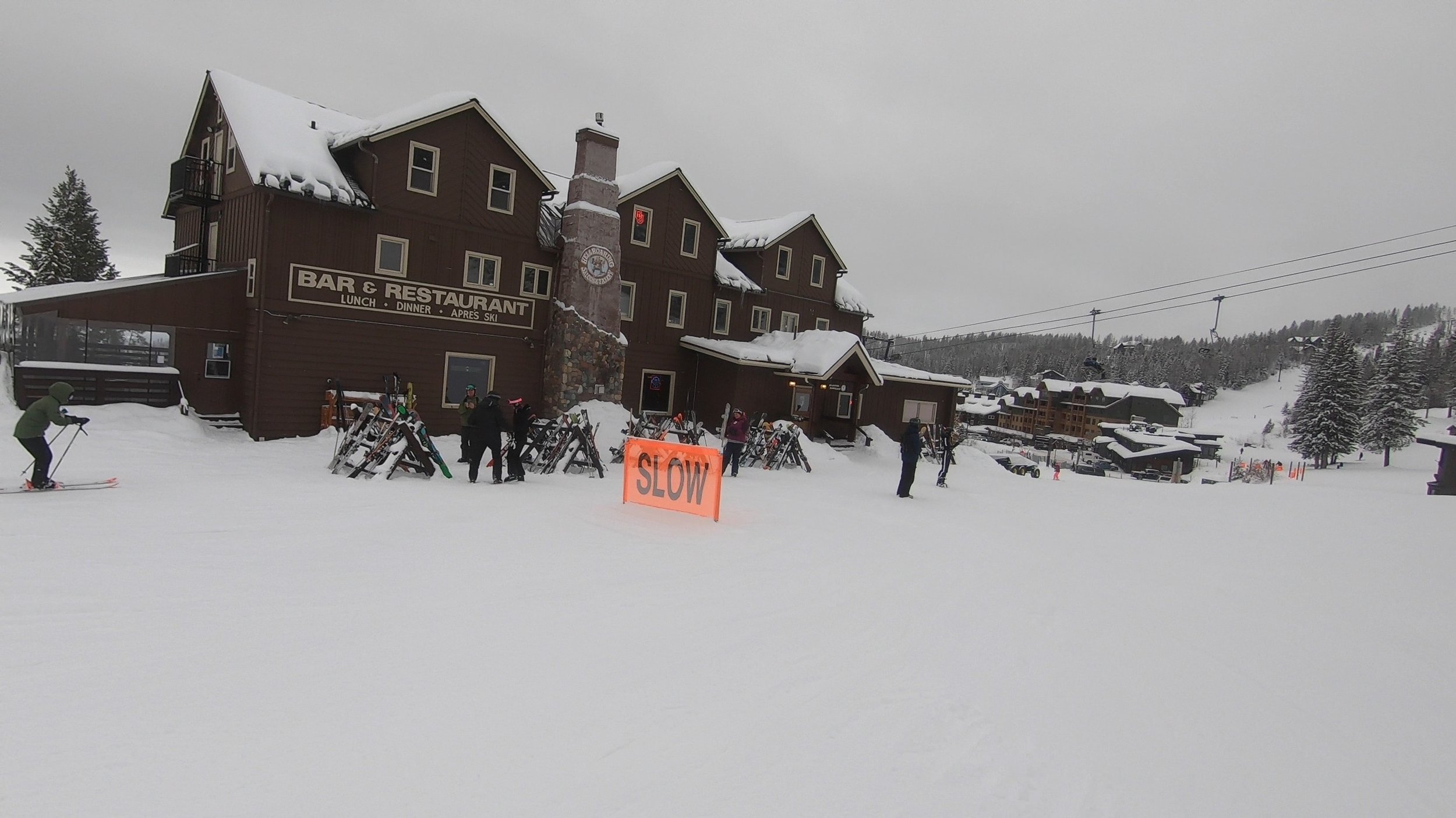
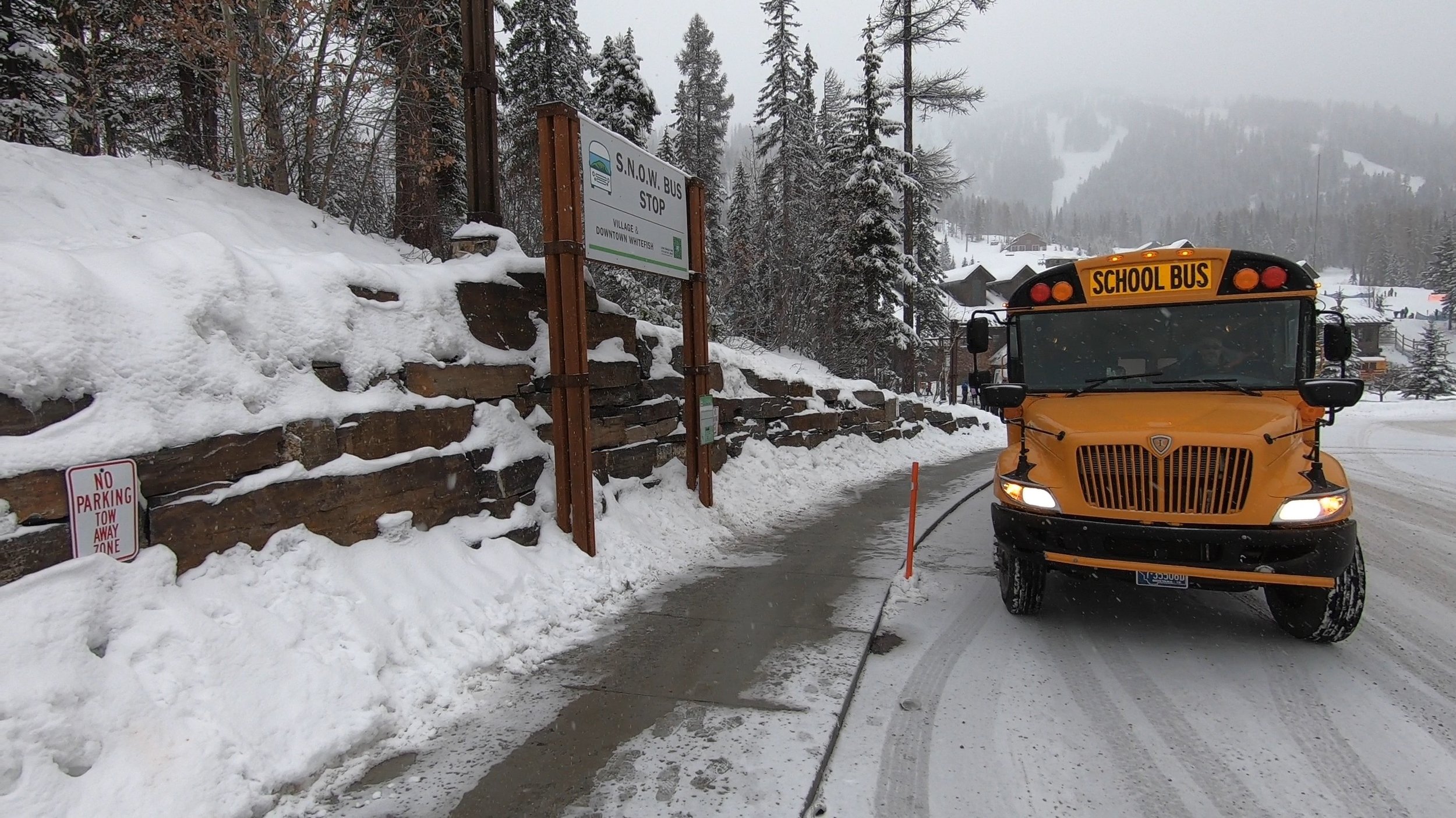
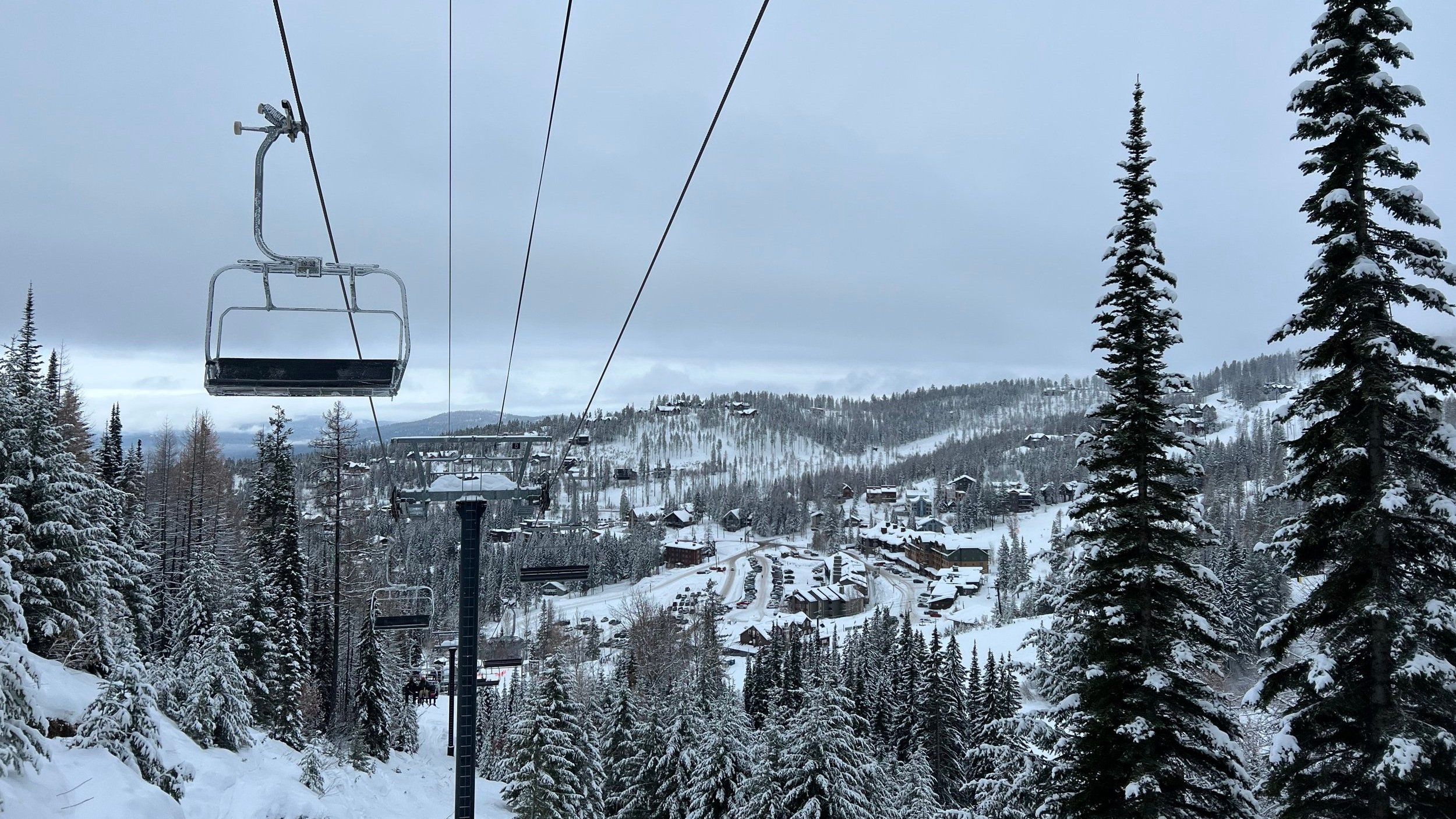

Our overall ranking of the destination ski resorts in the United States of America.